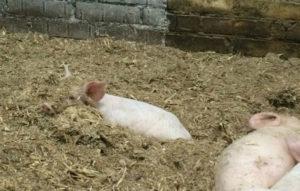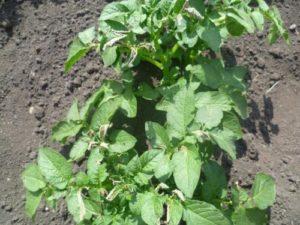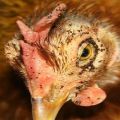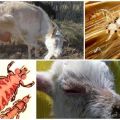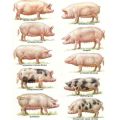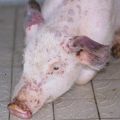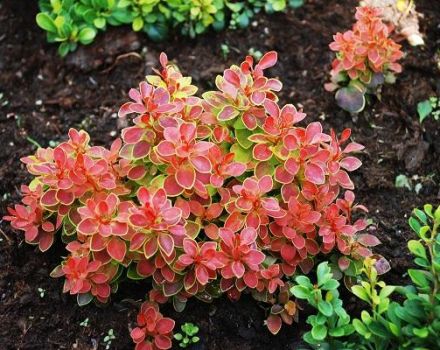Signs of lice in pigs and methods for diagnosing hematopinosis, treatment
Ectoparasites are the scourge of almost all mammals, and pets are no exception. The presence of lice in domestic pigs is a reason to sound the alarm, because these parasites not only cause discomfort to the animal, but can also cause the development of dangerous diseases. How to quickly get rid of lice on a pig's body and prevent intruders from appearing again?
Why ectoparasites are dangerous for pigs
Ectoparasites - fleas and lice - often live on the body of pigs. The latter are the reason for the development of hematopinosis in an animal. Hematopinosis (simply speaking - lice) is a disease provoked by insects of the species Haematopinus suis parasitizing on the body of pigs. This causative agent of hematopinosis is considered one of the largest representatives of the order of lice. Males can reach a length of 4.5 mm, females up to 5 mm. A female pork louse is capable of laying 4-7 eggs per day (up to 100 eggs in a lifetime). An hour after hatching, the larva begins to suck the pig's blood.
On a note. The pork louse is the only type of lice that is able to drink the blood of not only pigs, but also humans. But people are not considered typical hosts for lice, and therefore the period of their parasitism on the human body is short.
In the process of sucking blood, lice pierce the body of the pig, after which they damage the blood vessels and inject their saliva into the wound. The latter is considered toxic and prevents swine blood from clotting.
Moving around the body of the animal, lice irritate the nerve endings and provoke severe itching. The itchy parts of the pig are combed on various surfaces. With strong combing, the surface of the skin is often injured, the sebaceous and sweat glands are destroyed. Pathogens enter the cracks in the skin, as a result of which the pig often becomes ill with pyoderma, furunculosis or eczema. Pigs suffering from severe itching have poor appetite, they lose weight and become more susceptible to various diseases. In addition, pork louse often acts as a carrier of pathogens of invasive and infectious diseases (erysipelas, salmonellosis, swine fever, helminthiasis).
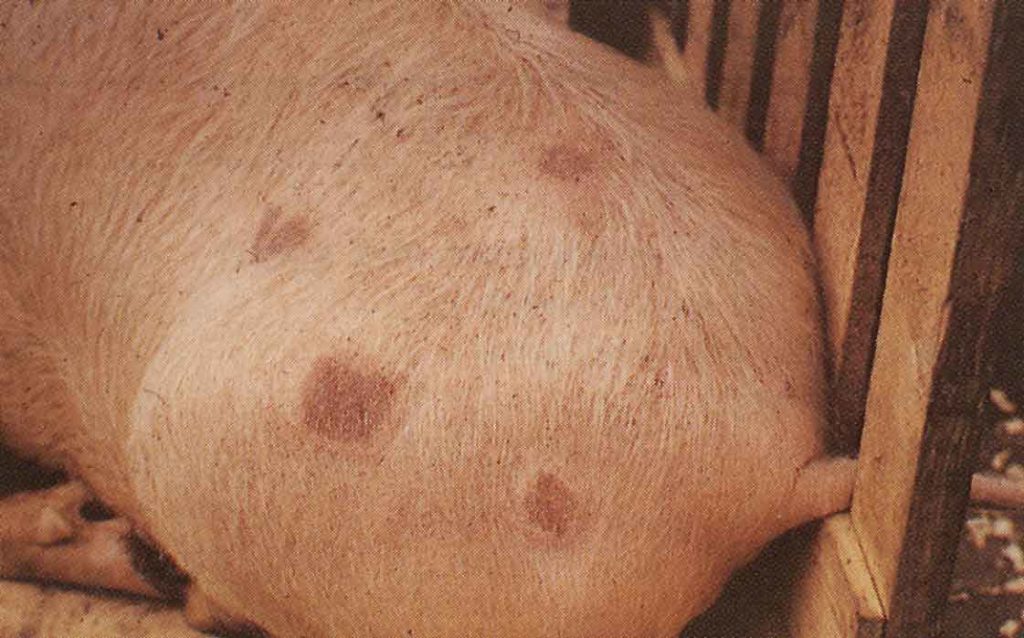
Signs of defeat
It is possible to determine that a pig is suffering from an infestation of lice by the following signs:
- Intense itching. Small wounds and long thin red scratches can be traced on the skin of a sick animal.
- The presence of eggs. They track well on the skin of white pigs. As a rule, lice lay eggs on delicate areas of the body: on the stomach, behind the ears.
- Adult lice can be seen with the naked eye - they are black or brown insects, the body length of which, on average, reaches 3-4 mm.
In addition to these signs, the farmer may notice the paleness of the skin of the animals or, conversely, areas covered with reddish spots. A large number of lice can cause anemia in the animal, especially in piglets. The animal may become lethargic and suffer from lack of appetite.
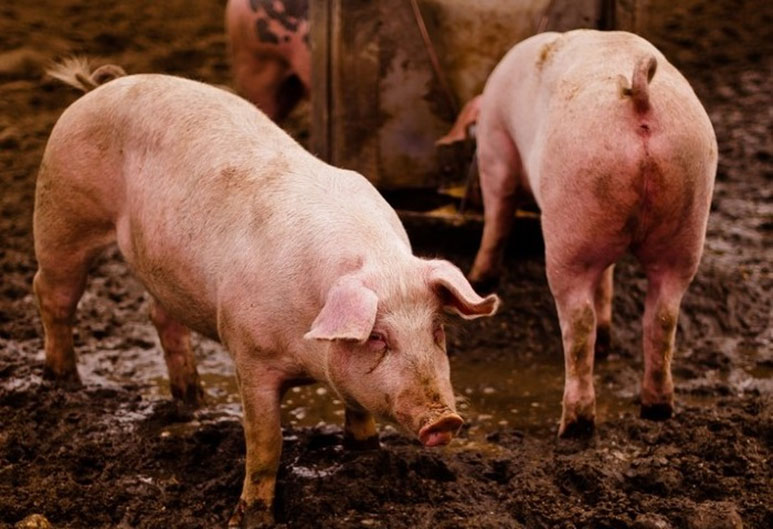
Diagnostic methods
The diagnosis of hematopinosis is made upon detection of typical clinical signs (peeling of the skin, itching, presence of hairless areas on the animal's body, dermatitis). The main symptom of the disease is adult lice and their clutches found on the pig's body.
Hematopinosis must be differentiated from scabies, ringworm, eczema.
Rules for the treatment of a parasitic disease
The first thing a farmer needs to do is separate the infected pigs from the rest of the pigs. In order to eliminate the symptoms of hematopinosis, the following drugs are used:
- Doramectin;
- Fosmet;
- Amitraz;
- Vermectin.
In the process of preparing a disinfecting solution from these insecticides, safety rules and instructions should be followed.
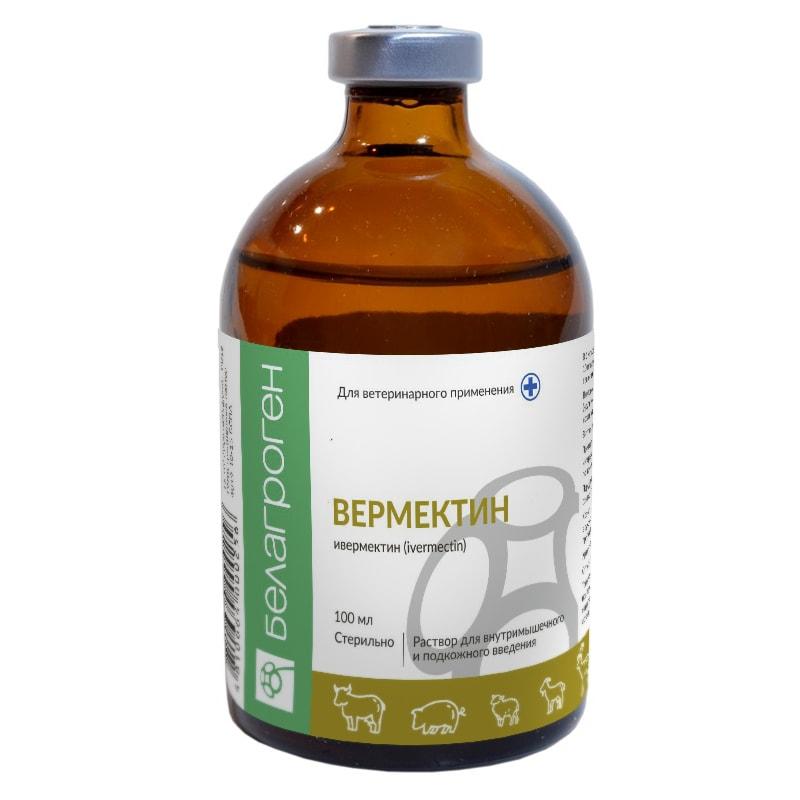
In addition to directly processing the skin of pigs, it is necessary to disinfect the walls and floor of the barn with the resulting solution. You can also use Hexachloran or preparations similar in effect for disinfection. It is recommended to burn the bedding on which the animal sleeps. During the processing of the premises, pigs should not be in the barn.
Healthy young piglets should also be treated with one of these solutions. This procedure is carried out for the purpose of prevention.
3 weeks after the initial treatment with an antiparasitic drug, it is necessary to re-treat. Previously infected individuals can be combined with healthy ones 3 weeks after re-disinfection.
Traditional methods of treatment
Some anti-hematopinosis medications are prohibited for young animals or pregnant pigs. Farmers often eliminate lice from tiny piglets or sows using traditional methods. So, for example, at an early stage of diagnosing hematopinosis, parasites are eliminated by combing. Vegetable oil and kerosene can be used to treat the body of animals. These ingredients are mixed in equal proportions and distributed over the skin of the sick individual.

Green soap and tar are considered good anti-parasites. To prepare the medicine, you need to mix 10 grams of soap with 100 grams of tar and dissolve the ingredients in 1 liter of warm water. The disadvantage of traditional methods of therapy is that such remedies destroy adult lice, but do not affect their eggs. Therefore, after the initial treatment, it is imperative to repeat the procedure for a more thorough destruction of harmful insects.
Prevention measures
To prevent the infection of pigs with head lice, preventive measures should be taken:
- Control the humidity in the barn. Lice breed well in a humid environment, so the pigs should be dry in the house.
- Animals are examined for the presence of parasites several times a month, even if there are no visual signs of their presence.
- The room where the pigs are kept should be cleaned regularly.
- It is recommended to wash the animals with clean water once a month.
- In winter, when pigs are not allowed to graze or go outside, the barn in which they are kept should be well lit.
